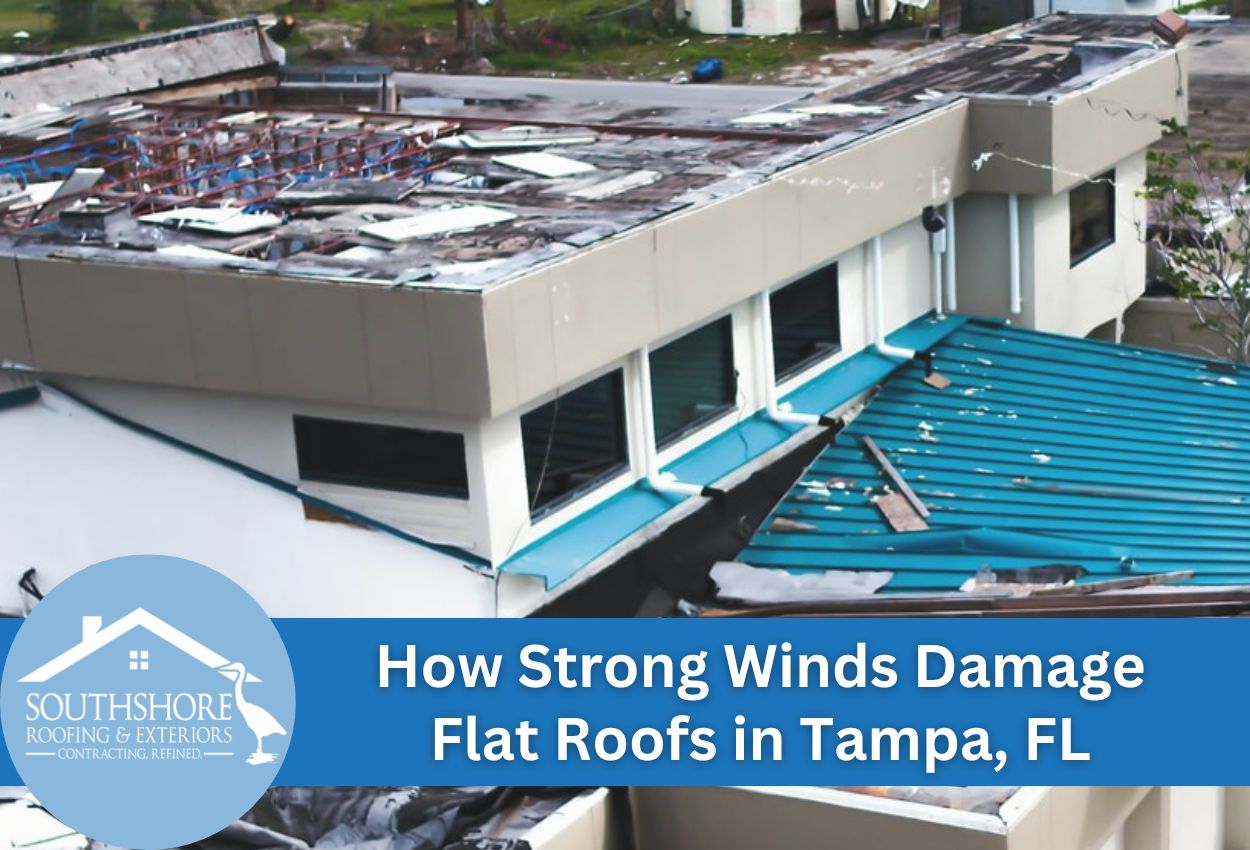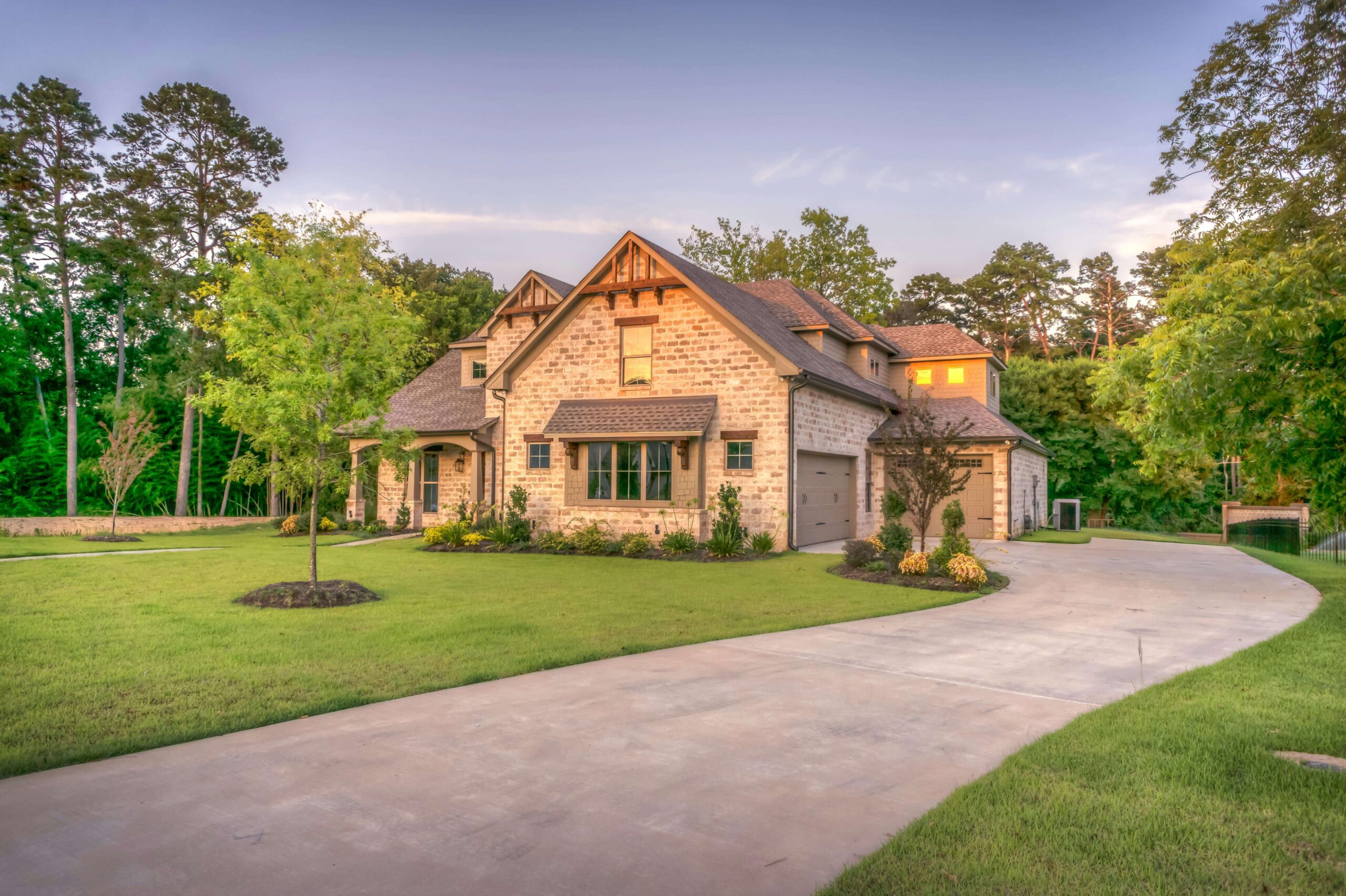Strong winds pose a significant threat to flat roof structures, especially in coastal regions like Tampa where hurricanes and severe storms are common. Unlike pitched roofs that allow wind to flow over them, flat roofs create a surface where wind forces can generate powerful uplift pressure. This pressure difference, higher on top and lower underneath, can literally pull a roof upward from its structure.
Commercial buildings with flat roofs are particularly vulnerable during high winds. Wind speeds create stronger forces against taller buildings, while the lack of slope on flat roofs creates optimal conditions for pressure buildup. In storm-prone Tampa, these natural physics principles are critical factors in roof durability.
When powerful winds strike a flat roof, they can cause membrane lifting and tearing, flashing damage, blow-offs at roof edges, and punctures from flying debris. Even winds below hurricane strength can gradually weaken flat roof systems, creating small breaches that lead to water intrusion and structural problems.
Understanding how wind damages flat roofs is essential for property owners seeking effective ways to prevent damage and wind-resistant materials. With proper design, installation, and maintenance, flat roof systems can be engineered to withstand substantial wind forces while maintaining their integrity and protective function.
Common Types of Wind Damage to Flat Roofing Systems
When strong winds strike flat roofs in Tampa and surrounding areas, they often cause predictable patterns of damage that roofing professionals regularly encounter. Understanding these common failure points helps property owners identify vulnerabilities before severe weather occurs.
Membrane lifting and tearing is one of the most frequent wind-related issues with flat roofs. This damage begins when wind forces penetrate beneath loosened areas of the roofing membrane creating a pocket of uplift pressure. Once wind gets underneath, it begins to peel the membrane back. This progressive failure can start small but quickly expand across large sections of the roof during sustained high winds.
Equally concerning is damage to roof edges, flashing, and drainage systems. Roof perimeters experience the highest wind pressures during storms, making them very vulnerable to failure. Wind can catch metal flashing and edge details, bending or completely removing these critical components. When edge systems fail, the entire roofing system becomes compromised. Similarly, roof drains and scuppers can become clogged with debris or damaged, preventing proper water drainage and adding dangerous weight to the roof structure.
Commercial building owners should be vigilant about maintaining flat roof wind resistance ratings for their properties, as these ratings indicate how well the roofing system will perform under specific wind conditions typical to the Tampa Bay region.
Warning Signs Your Flat Roof Has Sustained Wind Damage
Tampa’s frequent storms make regular roof inspections essential for commercial property owners. Knowing what to look for after high winds can save thousands in potential damage and extend your roof’s lifespan.
Several visible indicators require immediate attention. Bubbling or blistering on the roof surface suggests that wind has separated the membrane from the underlying layers. Rippling or billowing areas indicate the roofing material is no longer attached. Loose or missing materials around the edges or corners, where wind pressure is strongest, signal compromised roof integrity. Also watch for tears, punctures, or visible debris that may have damaged the membrane during high winds.
Not all wind damage is immediately visible. Hidden issues often lurk beneath the surface, including moisture infiltration between layers, weakened adhesives, compromised insulation, or structural fasteners that have backed out. These problems may only become apparent once they’ve caused significant damage, which is why professional inspections after major storms are crucial in Tampa.
Professional roofing contractors have specialized tools to detect these hidden issues before they lead to complete failures. Thermal imaging and moisture mapping can reveal trapped water or compromised areas that aren’t visible during casual inspections.
Flat Roof Wind Resistance: Materials and Rating Systems
Selecting the right materials for flat roofs in Tampa’s hurricane-prone environment can mean the difference between minimal storm damage and the need for a replacement. Each flat roofing material offers different levels of wind resistance and performance characteristics that property owners should understand.
TPO (thermoplastic polyolefin) membranes provide excellent wind resistance when properly installed, with heat-welded seams that create a monolithic surface resistant to wind penetration. EPDM (ethylene propylene diene monomer) rubber roofs offer flexibility during high winds but require meticulous seam sealing to prevent wind uplift. Modified bitumen systems, with multiple reinforced layers, deliver strong wind performance when torch-applied or adhered with cold adhesives. Traditional built-up roofs (BUR) provide substantial weight to resist uplift but need proper edge securement.
Understanding wind uplift ratings is important for Tampa building owners. These ratings, established through standardized testing protocols like FM 4474 and UL 580, measure a roofing system’s ability to resist wind forces.
For Tampa properties, local building codes often require minimum wind uplift ratings based on building height, location, and proximity to the coast. Working with experienced local contractors ensures your flat roof system meets or exceeds these requirements with appropriate materials and installation methods designed for our region’s severe weather.
Preventative Measures to Protect Your Flat Roof from Wind Damage
Proactive protection is far more cost-effective than emergency repairs caused by wind damage. Tampa property owners can use several strategies to significantly enhance their flat roof’s wind resistance and extend its service life, even in our storm-prone region.
Structural reinforcements play an important role in preventing wind damage. Installing additional mechanical fasteners in vulnerable areas like corners and perimeters can drastically improve wind resistance. Properly securing edges with metal edge details, coping, and termination bars prevents wind from catching this part of the roof. Enhanced adhesion methods for fully adhered systems create stronger bonds between membrane layers, while ballasted systems benefit from wind-resistant pavers designed specifically for high-velocity hurricane zones.
Regular maintenance practices impact how well your flat roof withstands strong winds. Schedule biannual professional inspections before and after hurricane season. Immediately repair minor issues like loose seams, small punctures, or deteriorated sealants before they become entry points for wind. Keep roof drains clear of debris to prevent water ponding, which adds weight and stress during storms. Trim nearby trees to minimize debris impact during high winds, and consider installing protective screens over HVAC units and other roof equipment.
With preventative measures, Tampa commercial building owners can improve their flat roof’s resilience against our region’s frequent high winds and storms, preventing costly damage and business disruptions.
Emergency Response: What to Do After Wind Has Damaged Your Flat Roof
When strong winds have damaged your flat roof, taking immediate action is crucial to minimize additional damage and protect your Tampa property. The hours following a wind event are critical, as even minor damage can quickly escalate especially if rain follows the wind storm.
Your first priority should be safety. Never attempt to access your roof during severe weather or if structural damage is suspected. Once conditions are safe, conduct a preliminary visual assessment from the ground or interior spaces to identify leaks, water stains, or daylight visible through the ceiling. Place buckets under active leaks and move any belongings away from damaged areas.
Covering damaged sections with a secured tarp can provide temporary protection until professional repairs are possible. However, temporary coverings should be installed only if it’s safe to do so and should never substitute for proper repairs. Take detailed photographs and videos of all visible damage for insurance documentation, noting the date and specific damage locations.
Contact a licensed Tampa roofing contractor experienced with commercial flat roof systems for a thorough professional assessment. They can identify hidden damage not visible to untrained eyes and recommend appropriate repair strategies. Simultaneously, notify your insurance provider about the damage and begin the claims process with your detailed documentation.
Long-Term Solutions: Upgrading Your Flat Roof’s Wind Resistance
Investing in permanent wind-resistant upgrades for your flat roof offers Tampa commercial property owners peace of mind during hurricane season and significant long-term savings. Modern advancements in roofing technology have greatly improved how flat roof systems perform during high wind, providing options that far exceed minimum code requirements.
Today’s advanced installation techniques use increased fastener density in vulnerable zones, while superior adhesives create stronger bonds between roofing components. Integrated cover boards provide rigidity and impact resistance, while mechanically attached systems utilize specialized fastening patterns engineered specifically for high-wind zones. Modern edge securement systems with continuous cleats and termination bars effectively eliminate the most common failure points during storms.
It’s also important to weigh the cost of preventative upgrades in Tampa’s climate. While wind-resistant improvements typically add to installation costs, this investment must be weighed against potential expenses after a major storm: emergency repairs, business interruption, damaged inventory, and increased insurance premiums. A single catastrophic roof failure can cost ten times more than preventative measures would have required.
Additionally, many insurance providers offer discounts for buildings with documented wind-resistant roof systems, further enhancing the return on investment. For Tampa business owners, consulting with local roofing professionals about wind-resistant upgrades isn’t just about code compliance, it’s a sound business decision that protects both property and profitability.
Expert Flat Roof Wind Damage Repair in Tampa Bay
Don’t wait until your flat roof’s wind damage leads to major structural problems or interior water damage. At SouthShore Roofing & Exteriors, we specialize in comprehensive flat roof inspections, repairs, and reinforcements designed specifically for Tampa Bay’s hurricane-prone climate. Our certified technicians can quickly identify hidden wind damage and implement lasting solutions that protect your property from future storms.
We offer emergency response services after severe weather events and provide documentation of the damage. With our industry-leading wind-resistant installation techniques and materials, we’ll ensure your flat roof stands strong against Florida’s challenging weather conditions.
Protect your investment today by calling SouthShore Roofing & Exteriors at (813) 400-3329 for a professional flat roof wind damage assessment.







